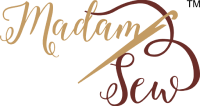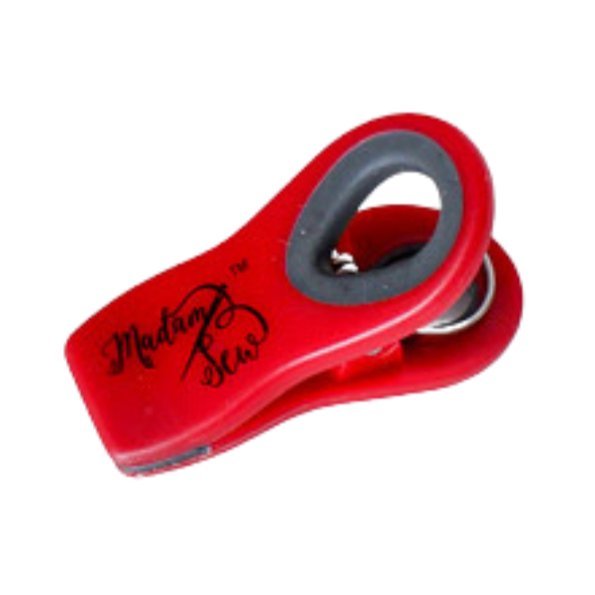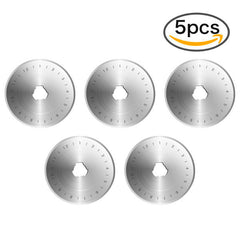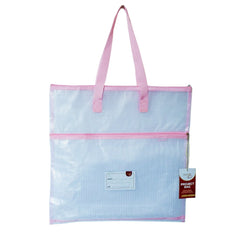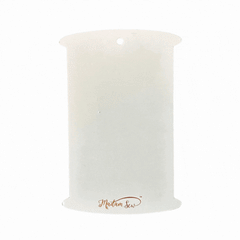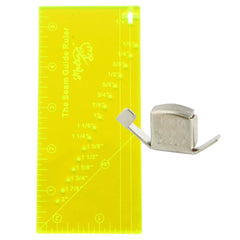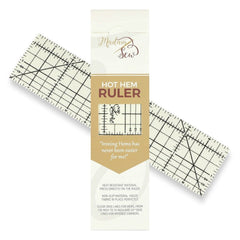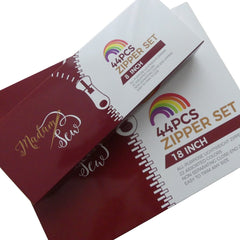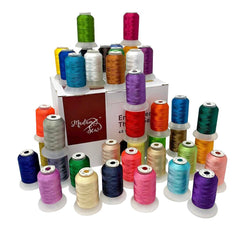Beginning Quilting - Adding Borders to a Quilt Top
Using the proper method for adding borders to your quilts is essential for accuracy. There are countless new and experienced quilters using what we call the “slap and sew” method instead of the proper “measure and cut” method.
The measured method results in a flat quilt, one where the borders have no extra fabric to make quilting difficult. Using the measure and cut method for adding borders to your quilts is especially important when you are taking your quilt to a longarm quilter. Although it may seem to be a time saver to just lay a strip on the side, sew it down, and cut off the excess, it really doesn't reduce the time by a significant amount.
The result of slap and sew is too much fabric in the border, resulting in wavy borders, sometimes looking like a ruffle has been added! This makes it difficult to quilt without getting little fabric tucks and folds in your quilt top.
So, let's go through the proper method and learn the best way to add borders to a quilt top.
How to Accurately Measure and Cut the Length Needed for Quilt Borders
First, measure the quilt to find out how long the border needs to be. Often this will require you to piece a border strip. If you need to do this, be sure that your seam is on the straight of grain and not a bias seam. Bias seams will not show any less than regular seams and tend to stretch, resulting in more fabric in the border than needed.
Lay your quilt top on a large surface or on the floor and measure your quilt in three places through the center of your quilt top. Average these numbers and cut the borders this length. If there is more than a 1/2” difference between your measurements, square the top again, or look for problems in the piecing that need to be fixed before adding the borders.
Do not take only one measurement on the edge when adding borders to a quilt. This will result in inaccuracy, and as you have learned in Basics of Quilting, accuracy is the key to getting good results.
How to Add Your Border Strips to Your Quilt Tops
Fold the border and mark the middle. Fold it again and mark the quarter points. Then, if it is very long, fold once more and mark the eighths. Mark the quilt edge in the same measurements. Pin the middle of the border to the middle of the quilt. Next, pin each end together. Match pins at the fourths and eighths and ease the quilt to fit the border. Finally, pin the rest of the border, making sure the fabric is spread evenly.
In this small sample test quilt, I only pinned in the middle, on the ends, and then in fourths.
Sew and then press the seams. Do the same on the opposite side. Repeat measuring, cutting, and pinning for the crosswise sides.
Looking at a small quilt done properly, you can see the borders are straight and even, without any excess fabric to distort the final quilt top. Repeat this process as often as needed for the number of borders you have.
What Happens When You “Slap and Sew” Quilt Borders
Looking at a test sample of slap and sew, the side seems to bow in the middle and the lines are not straight. This is caused by stretching of the edge while applying the border fabric when sewing, and not meeting the exact measurement of the top.
Doing it the wrong way can result in wavy fabric because there is more fabric in the border than on the quilt top block section.
If you’d like to see the entire experiment, see the post: Borders, Understanding the Why.
The following picture is not an exaggeration of a wavy border. It is an actual slap and sew border that I was given to longarm quilt. It looks like the border was put on with a ruffler attachment!
How to Deal with Long Quilt Border Strips
How you measure the borders is also important. Be sure that you are measuring accurately. Cutting two borders at one time is a time saver.
See post on Madam Sew's blog on Rotary Cutting Basics.
But what if your border is longer than your cutting area?
You can either fold the border in half and cut at the half-way measurement or expand your placement. Using a cardboard extension set on top of a chair expands this cutting table by four more feet.
Now the measurement can be made accurately, using a longer tape measure.
To check the borders, put the quilt on a horizontal surface like a table, a counter, or the edge of a high bed, with the top border on the surface and the rest of the quilt hanging down.
If needed, weigh down the border of the quilt with cans or something to hold it straight and in place. I use the bar on my longarm but you can use any straight horizontal surface. Next, fold the bottom up to the top and meet the edges.
If the borders were properly attached, the center of the quilt will be straight across the fold like this one below.
If the borders are longer than the center top, the center will bow up in the middle, like this one.
See how the middle of the quilt is shorter than either end? This is because the borders have more fabric, and are longer than the center.
This results in too much fullness in the borders, making it more difficult to get the borders flat when quilting. Sometimes there is so much fullness that the only way for a longarm quilter to deal with it is to put pleats in the borders.
So now you know the reasons for learning how to properly add borders to your quilts. Correctly applied borders will make your pieced top lie flat and it will be easier to quilt, potentially saving you money if you pay for quilting. It will also hang flat and straight in a quilt show.
It is always good to have the best tools on hand when you’re quilting
Find Madam Sew products to continue your quilting adventure with these links:
Have fun quilting, and stop by my blog for more easy projects. I’ll be doing more articles to advance your quilting skills on Madam Sew.
Be sure to check Madam Sew Blogs, start with:
A binding tutorial is coming soon… Watch for it!
Subscribe to the Madam Sew Blog so you don't miss a thing!
Carole
Guest Blogging for Madam Sew
I’d love to invite you to visit my personal blog, From My Carolina Home, for more fun projects, quilt alongs and mystery quilts! My blog has a variety of subjects, quilting and sewing, tablescapes and recipes, book reviews and hand stitching, crafting and mountain living.
